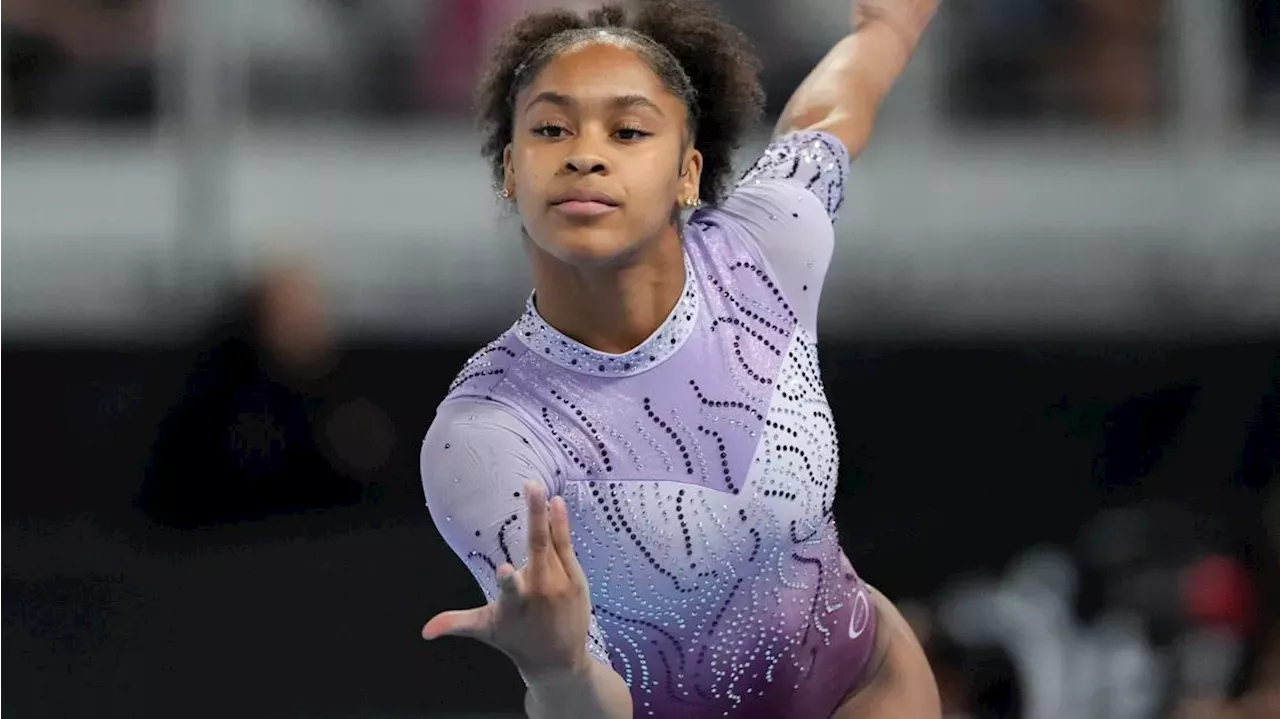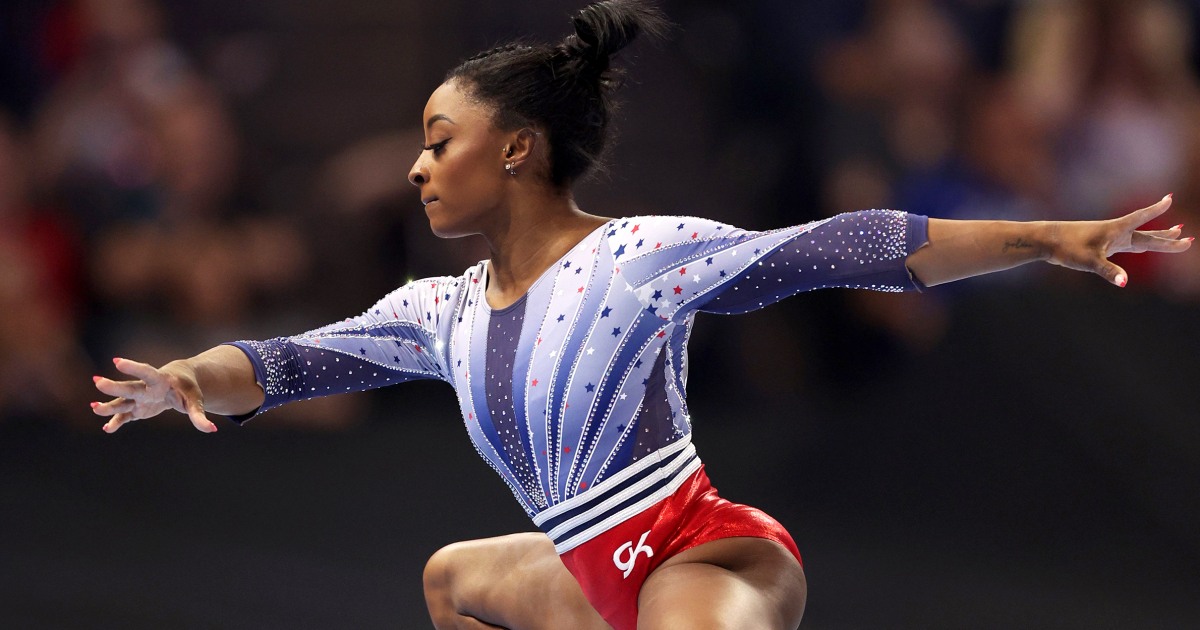Common Gymnastics Injuries

Gymnastics injuries – Gymnastics is a physically demanding sport that requires athletes to perform complex and often dangerous maneuvers. As a result, gymnasts are at risk for a variety of injuries.
The relentless pursuit of perfection in gymnastics often comes with a price. Injuries are an unfortunate reality, testing the limits of these extraordinary athletes. As the men’s gymnastics olympic trials approach, the spotlight shines brighter, amplifying the risks and rewards.
The quest for glory is fraught with challenges, and the toll on their bodies is a constant reminder of the sacrifices they make for their art.
The most common gymnastics injuries are:
- Ankle sprains: Ankle sprains are the most common injury in gymnastics, accounting for about 25% of all injuries. They occur when the ankle is twisted or turned in an awkward way, causing the ligaments that support the ankle to stretch or tear.
- Knee injuries: Knee injuries are the second most common injury in gymnastics, accounting for about 20% of all injuries. They can range from minor sprains to serious ligament tears or fractures.
- Wrist injuries: Wrist injuries are the third most common injury in gymnastics, accounting for about 15% of all injuries. They can range from minor sprains to serious fractures or dislocations.
- Elbow injuries: Elbow injuries are the fourth most common injury in gymnastics, accounting for about 10% of all injuries. They can range from minor sprains to serious ligament tears or fractures.
- Shoulder injuries: Shoulder injuries are the fifth most common injury in gymnastics, accounting for about 5% of all injuries. They can range from minor sprains to serious ligament tears or dislocations.
The severity of a gymnastics injury can vary depending on the type of injury and the severity of the force that caused it. Some injuries, such as ankle sprains, are relatively minor and can be treated with rest and ice. Other injuries, such as ligament tears or fractures, can be more serious and may require surgery or other medical treatment.
In the high-stakes world of gymnastics, injuries are an unfortunate reality. The intense training and complex maneuvers put tremendous strain on athletes’ bodies. But even with the risks, the allure of the gymnastic olympic trials drives gymnasts to push their limits.
Despite the injuries that may arise, the pursuit of Olympic glory remains an unwavering goal for these dedicated athletes.
The biomechanical factors that contribute to gymnastics injuries include:
- Repetitive motion: Gymnasts often perform the same movements over and over again, which can put stress on their joints and muscles.
- High-impact forces: Gymnasts often land on their feet or hands from high heights, which can put stress on their joints and bones.
- Awkward positions: Gymnasts often have to perform maneuvers in awkward positions, which can put stress on their joints and muscles.
- Inadequate warm-up: Gymnasts who do not warm up properly before performing difficult maneuvers are more likely to suffer injuries.
- Inadequate conditioning: Gymnasts who are not properly conditioned are more likely to suffer injuries.
Prevention and Treatment Strategies

Gymnastics injuries are common, but they can be prevented and treated effectively. By following these evidence-based strategies, gymnasts can reduce their risk of injury and recover quickly if they do get injured.
Proper Technique
Proper technique is essential for preventing gymnastics injuries. Gymnasts should be taught the correct way to perform each skill by a qualified coach. This includes learning how to land properly, how to use proper body mechanics, and how to avoid overtraining.
Conditioning
Conditioning is also important for preventing gymnastics injuries. Gymnasts should be in good physical condition in order to withstand the demands of the sport. This includes being strong, flexible, and having good cardiovascular endurance.
Equipment
Proper equipment can also help to prevent gymnastics injuries. Gymnasts should use mats, spotting belts, and other safety equipment when practicing and competing.
Treatment Protocols
If a gymnast does get injured, it is important to seek medical attention as soon as possible. The doctor will be able to diagnose the injury and recommend the best course of treatment.
Treatment for gymnastics injuries typically involves rest, ice, compression, and elevation (RICE). In some cases, surgery may be necessary.
Rehabilitation exercises are also an important part of the treatment process. These exercises help to strengthen the injured area and restore range of motion.
Recovery Timelines, Gymnastics injuries
The recovery time for gymnastics injuries varies depending on the severity of the injury. Minor injuries may only take a few days to heal, while more serious injuries may take several months or even years to heal.
It is important for gymnasts to be patient during the recovery process. It is also important to follow the doctor’s orders and to do the rehabilitation exercises as prescribed.
Rehabilitation and Recovery
Rehabilitation after a gymnastics injury is crucial for regaining optimal function and preventing future complications. It involves a structured plan of exercises and interventions aimed at restoring range of motion, strength, and coordination.
The rehabilitation process typically begins with pain management and inflammation reduction. This may involve rest, ice, compression, and elevation (RICE) protocol, as well as medications or physical modalities like ultrasound or electrical stimulation.
Progressive Rehabilitation Exercises
Once the pain and inflammation have subsided, a progressive rehabilitation program is initiated. This program should be tailored to the specific injury and the individual’s needs and goals.
- Stretching: Gentle stretching exercises help to improve flexibility and range of motion.
- Strengthening: Strengthening exercises focus on rebuilding muscle strength and endurance.
- Functional Movements: Functional movements involve performing exercises that mimic the movements used in gymnastics, such as squats, lunges, and jumps.
Assistive Devices and Modalities
Assistive devices and modalities can be used to support and enhance the rehabilitation process.
- Braces and Supports: Braces and supports provide stability and protection to injured joints.
- Modalities: Modalities such as ultrasound, electrical stimulation, and massage can help reduce pain, promote healing, and improve range of motion.